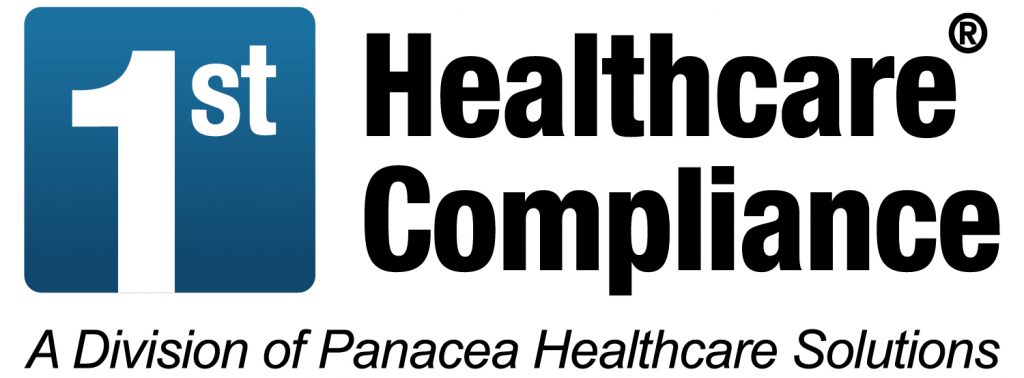A Quick Guide to Policy Management

In the intricate web of regulatory requirements and organizational standards, effective policy management is the pillar that keeps healthcare businesses running smoothly. At First Healthcare Compliance, we understand the challenges of navigating policy landscapes, and below, we share invaluable tips for handling policy management like a seasoned pro.
- Centralize Your Policies: One of the first steps towards efficient policy management is centralization. Having a centralized repository for all policies ensures that they are easily accessible, updated, and readily available to relevant stakeholders. This not only streamlines the policy review process but also enhances transparency across the organization.
- Regular Audits and Reviews: Policies are not static documents; they should evolve with the changing regulatory landscape and organizational needs. Conduct regular audits and reviews to ensure that policies remain current, compliant, and aligned with the organization’s strategic goals. This proactive approach helps in identifying gaps and addressing issues before they escalate.
- Clear Communication: Effective policy management goes together with clear communication. Ensure that policies are communicated to all relevant stakeholders in a language that is easily understandable. Utilize various communication channels such as training sessions, workshops, and accessible documentation to convey the importance and implications of policies.
- Automate Where Possible: Embrace technology to streamline policy management processes. Automation tools can significantly reduce the administrative burden associated with policy creation, distribution, and tracking. By automating routine tasks, organizations free up valuable time for staff to focus on strategic aspects of policy compliance.
- Training and Awareness Programs: An educated workforce is a compliant workforce. Develop comprehensive training programs that provide employees with a deep understanding of organizational policies, the reasons behind them, and the consequences of non-compliance. Regular training sessions foster a culture of compliance and accountability.
- Cross-Functional Collaboration: Policy management is not the sole responsibility of a single department. Encourage cross-functional collaboration to gather diverse perspectives and insights. Involving representatives from different departments ensures that policies are comprehensive, well-balanced, and consider the varied operational aspects of the organization.
- Document Version Control: Maintaining clear version control is vital in policy management. Clearly label and date each policy version, and track changes meticulously. This ensures that stakeholders are aware of the latest revisions and understand how they impact their roles and responsibilities.
- Responsive to Change: Adaptability is key in policy management. As the regulatory landscape evolves or the organization undergoes changes, policies must be agile enough to accommodate these shifts. Build a framework that allows for timely updates and revisions in response to external and internal changes.
Effective policy management is not just about ticking boxes; it’s about creating a robust framework that safeguards the organization and promotes a culture of compliance. By implementing these tips, organizations can navigate the complexities of policy management with confidence, ensuring that policies are not just documents on paper but integral components of a thriving and compliant healthcare business environment.

